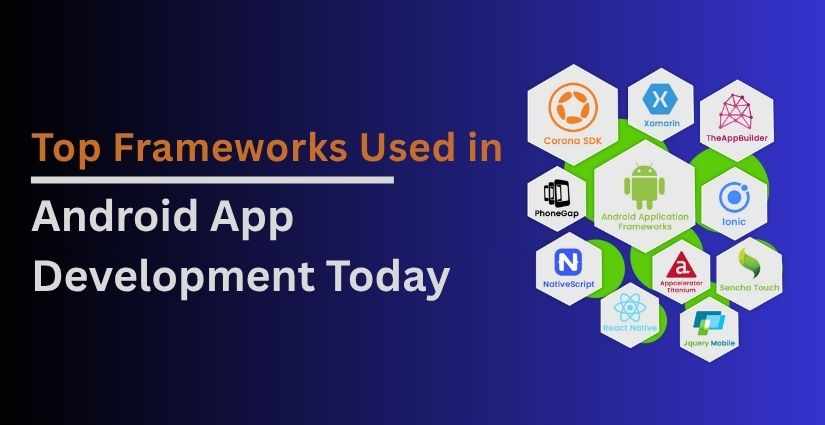
In today’s digital landscape, mobile applications have become a cornerstone of business growth, customer engagement, and technological innovation. Among various mobile platforms, Android holds the largest market share globally. With millions of apps available on the Google Play Store and countless more in private enterprise ecosystems, Android app development continues to evolve at a rapid pace. A key part of this evolution is the emergence and adoption of powerful frameworks that streamline development processes, enhance performance, and enable the delivery of rich user experiences. This article explores the top frameworks used in Android app development today, shedding light on their features, benefits, and use cases.
The Role of Frameworks in Android App Development
Before diving into specific frameworks, it’s important to understand why frameworks are essential in the app development process. Frameworks provide a standardized structure for building applications, allowing developers to focus on app functionality rather than low-level details. They come equipped with pre-written code, libraries, tools, and best practices that simplify and accelerate development, reduce bugs, and improve maintainability.
Using the right framework can significantly impact the efficiency of custom Android app development services and the overall Android app development cost. Choosing a framework that aligns with project requirements can lead to faster time-to-market and better performance.
1. Flutter
Flutter, developed by Google, has quickly become one of the most popular frameworks for Android app development. It's an open-source UI toolkit for building natively compiled applications for mobile, web, and desktop from a single codebase.
Key Features:
Hot reload for faster development
Rich set of customizable widgets
Strong performance with native ARM code
Skia rendering engine for smooth visuals
Why It’s Popular:
Flutter enables developers to create visually attractive and high-performance apps with less effort. Its cross-platform capabilities make it an ideal choice for businesses seeking cost-effective Android app development solutions.
2. React Native
Backed by Facebook, React Native allows developers to build Android and iOS applications using JavaScript and React. It promotes code reuse and offers near-native performance.
Key Features:
Reusable components
Live and hot reloading
Strong community support
Integration with native APIs
Why It’s Popular:
React Native is widely adopted for projects that require rapid development cycles. Its ability to share code across platforms reduces Android app development cost and time without compromising quality.
3. Kotlin Multiplatform Mobile (KMM)
KMM is JetBrains’ solution for sharing code between Android and iOS apps. Unlike Flutter and React Native, KMM focuses on sharing the business logic layer rather than the UI.
Key Features:
Shared business logic across platforms
Native UI development
Full interoperability with existing Android code
Strong support from JetBrains and Google
Why It’s Popular:
KMM is perfect for teams already invested in Kotlin and looking to reduce duplication while maintaining a native look and feel. It enhances productivity and is ideal for custom Android app development services aiming for long-term scalability.
4. Xamarin
Xamarin, a Microsoft-owned framework, allows developers to use C# and .NET to create Android and iOS apps. It offers a comprehensive development environment integrated with Visual Studio.
Key Features:
Code sharing across platforms
Access to native APIs
Integrated testing tools
Strong enterprise support
Why It’s Popular:
Xamarin is favored by enterprise-level applications requiring robust security and performance. It also reduces the Android app development cost by enabling code reuse and leveraging existing .NET infrastructure.
5. Ionic
Ionic is a hybrid mobile app development framework based on HTML5, CSS, and JavaScript. It uses web technologies and wraps them in a native container using tools like Apache Cordova.
Key Features:
Pre-built UI components
Fast prototyping
Wide plugin ecosystem
Cross-platform capabilities
Why It’s Popular:
Ionic is ideal for developing Minimum Viable Products (MVPs) and apps that don’t require complex native functionalities. Its simplicity and rapid development cycle appeal to startups and small businesses focused on minimizing Android app development costs.
6. Jetpack Compose
Jetpack Compose is Android’s modern toolkit for building native UI. Developed by Google, it simplifies UI development with a declarative approach.
Key Features:
Less code and powerful tools
Integrated with Android Studio
Interoperability with existing UI frameworks
Live previews and interactive design
Why It’s Popular:
Jetpack Compose is transforming how UIs are built on Android. It boosts productivity, enhances UI consistency, and is becoming a staple in custom Android app development services focused on native experiences.
7. PhoneGap (Apache Cordova)
PhoneGap, now known as Apache Cordova, allows building mobile apps using web technologies. Although its popularity has waned, it’s still used for lightweight applications and prototypes.
Key Features:
Simple setup and development
Access to native device features
Large plugin ecosystem
Cross-platform support
Why It’s Popular:
Cordova remains relevant for educational projects and simple apps. It offers a cost-effective route for Android app development with minimal native dependencies.
8. Unity
Primarily known for game development, Unity also supports building interactive Android applications, particularly those involving AR/VR or complex graphics.
Key Features:
Advanced rendering capabilities
Cross-platform development
AR/VR integrations
Real-time simulations
Why It’s Popular:
Unity is unmatched in performance and visual capabilities for game apps and immersive experiences. It’s a top choice for custom Android app development services targeting entertainment and gamification.
9. Corona SDK (Solar2D)
Corona SDK, now Solar2D, is a lightweight framework used primarily for 2D game development.
Key Features:
Lua-based scripting
High performance
Large collection of plugins
Rapid iteration
Why It’s Popular:
For developers building simple games or graphical applications, Solar2D offers a fast and efficient development environment. Its simplicity contributes to lower Android app development costs.
10. Appcelerator Titanium
Appcelerator Titanium allows developers to create cross-platform apps using JavaScript with native performance.
Key Features:
Unified JavaScript codebase
Native UI components
Real-time analytics
Strong support for backend integration
Why It’s Popular:
Titanium is known for its robust backend capabilities and integration ease, making it a solid choice for enterprise apps and custom Android app development services that require tight API integrations.
Choosing the Right Framework for Your Project
The choice of an Android app development framework should be guided by the project’s specific requirements, including:
Complexity and functionality: Games vs. business apps
Performance needs: Native vs. hybrid
Development team expertise: JavaScript, Kotlin, Dart, etc.
Time-to-market and budget: Faster development vs. deeper customization
Long-term maintenance: Framework support and community size
Each framework brings unique advantages and trade-offs. For instance, Flutter and React Native are excellent for cross-platform efficiency, while Jetpack Compose excels in native UI development.
The Future of Android App Development Frameworks
The Android development ecosystem is continuously evolving, with innovations in AI, AR, and machine learning pushing the boundaries of what apps can do. Frameworks are increasingly incorporating these capabilities to empower developers.
Custom Android app development services are leveraging these tools to deliver smarter, more engaging, and efficient apps. As development tools mature, the focus will continue to shift towards enhanced developer experience, modular architectures, and seamless integration with emerging technologies.
Conclusion
In conclusion, the choice of an Android app development framework is a critical decision that influences the success of the application, the efficiency of development, and the total Android app development cost. From cross-platform leaders like Flutter and React Native to native tools like Jetpack Compose and KMM, today’s frameworks offer diverse paths to app excellence.
Understanding the strengths and limitations of each framework helps businesses and developers make informed decisions aligned with their strategic goals. As the mobile landscape continues to evolve, staying updated with the latest frameworks and best practices is essential for maintaining a competitive edge in Android app development.


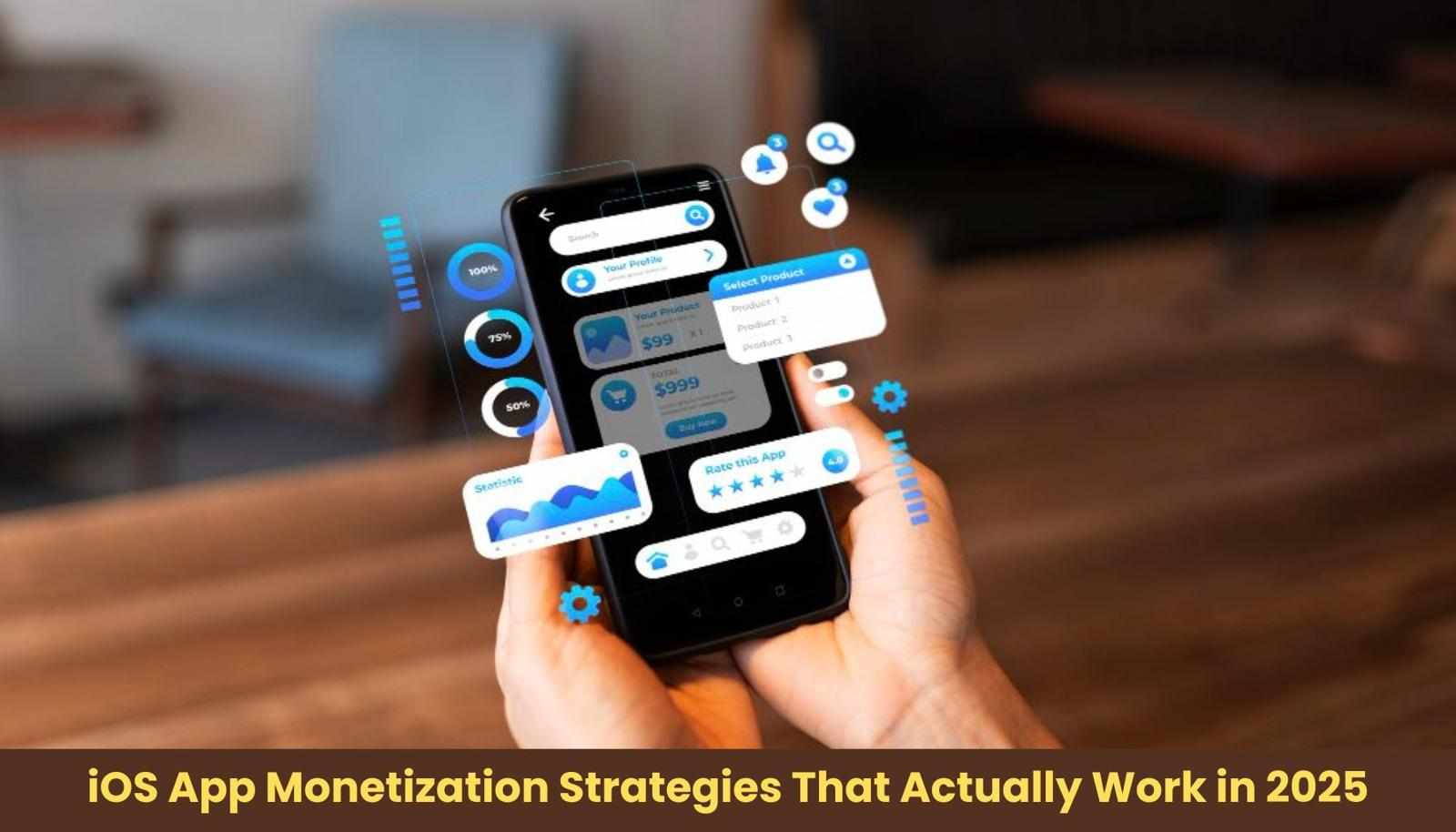
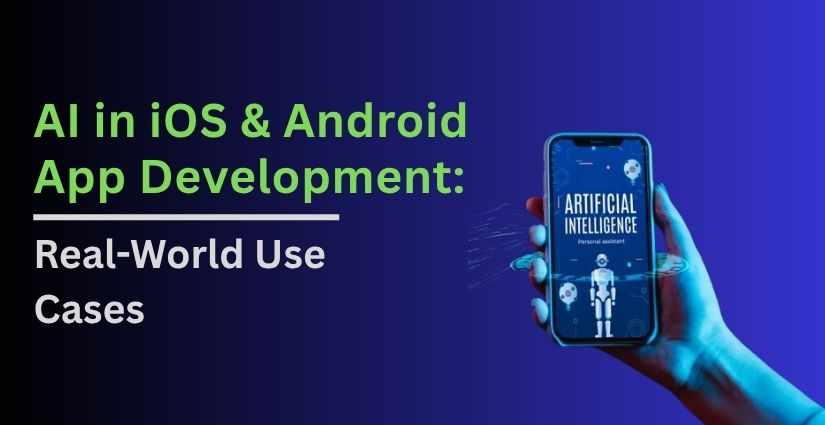
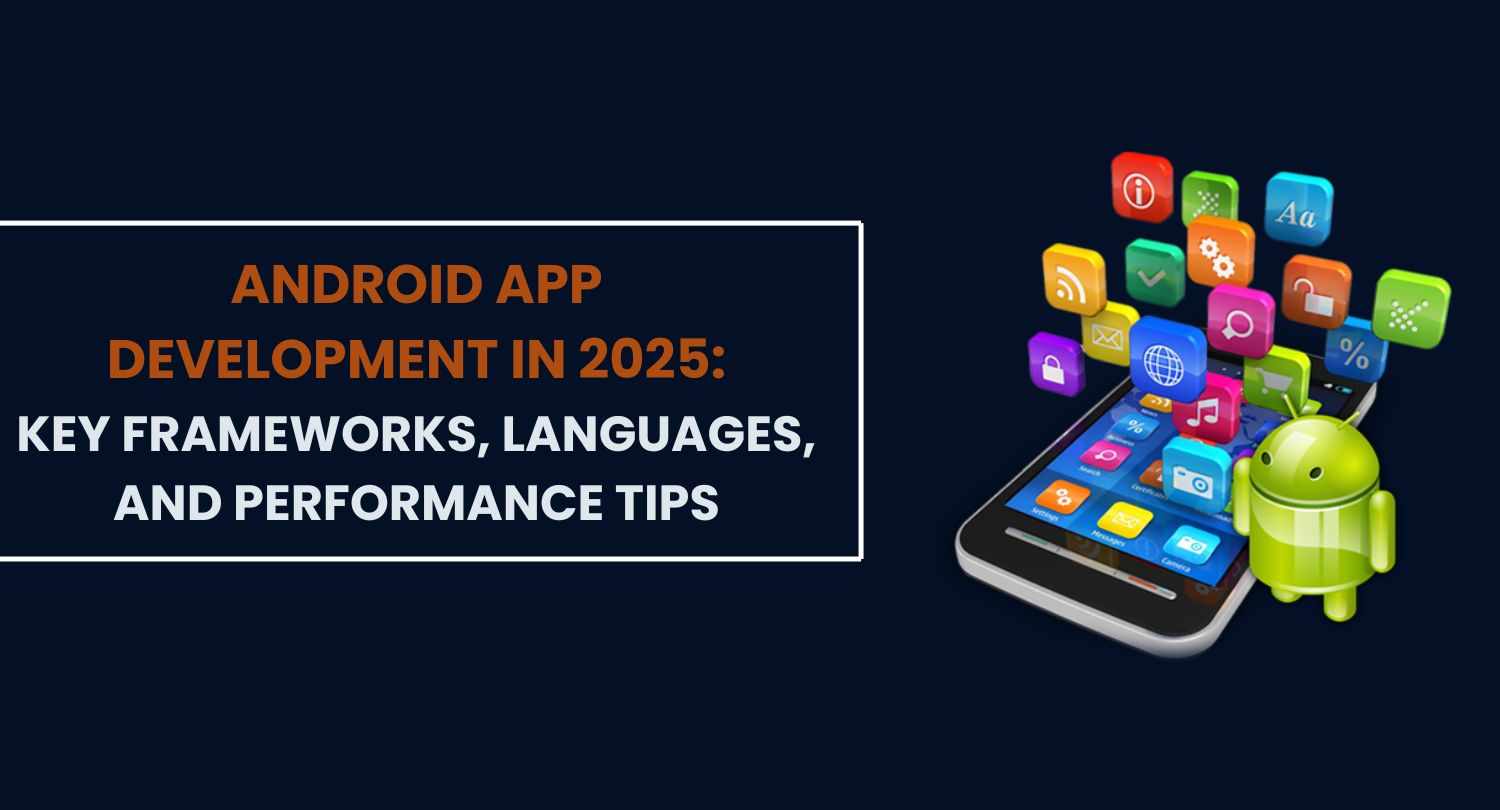
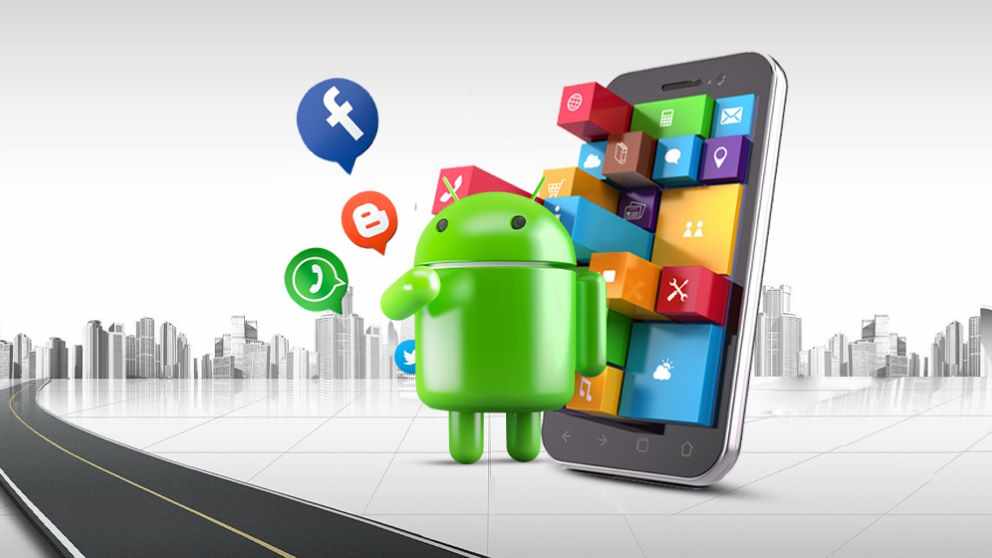
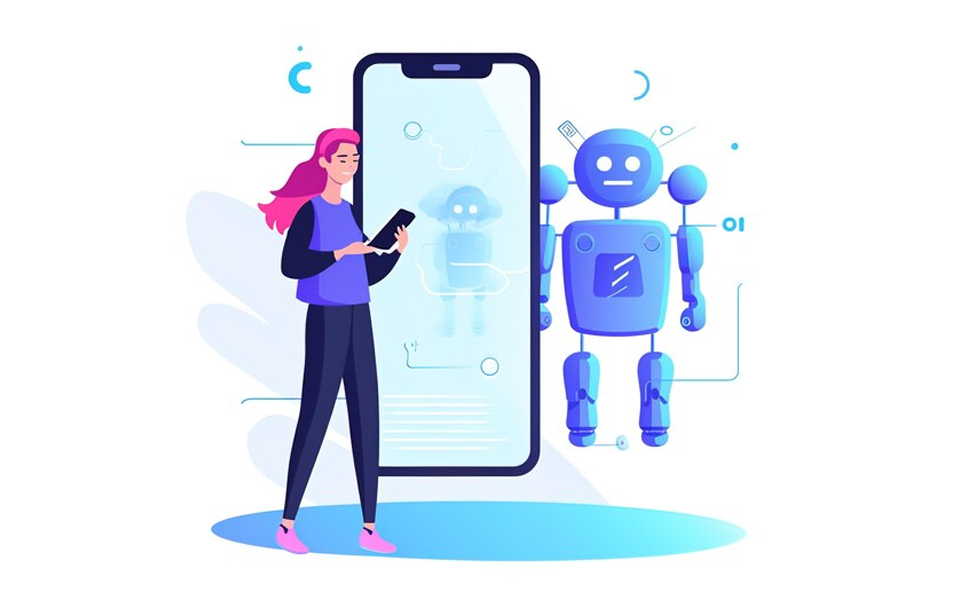

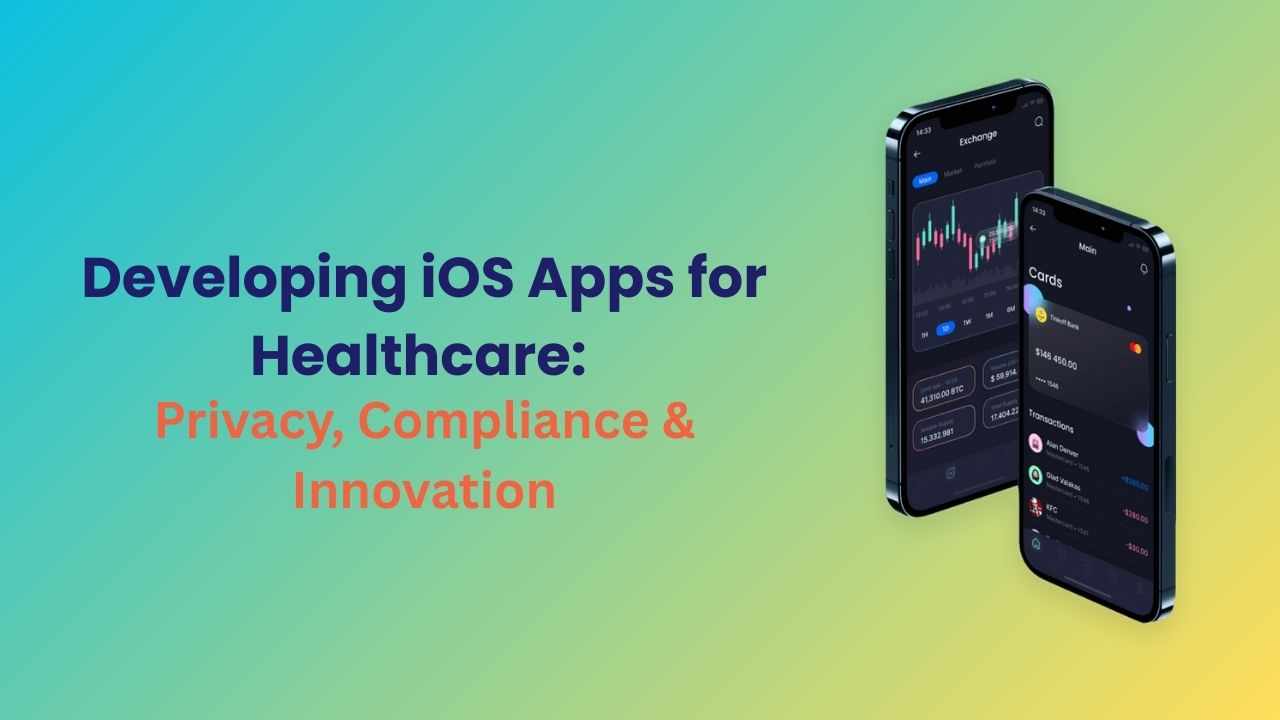
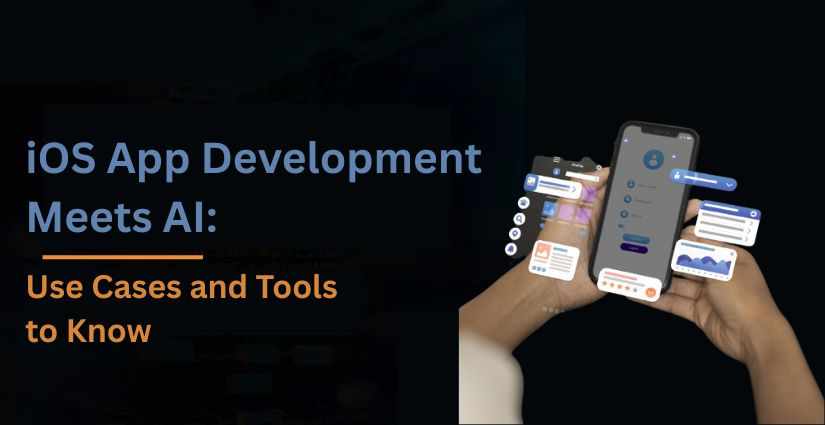

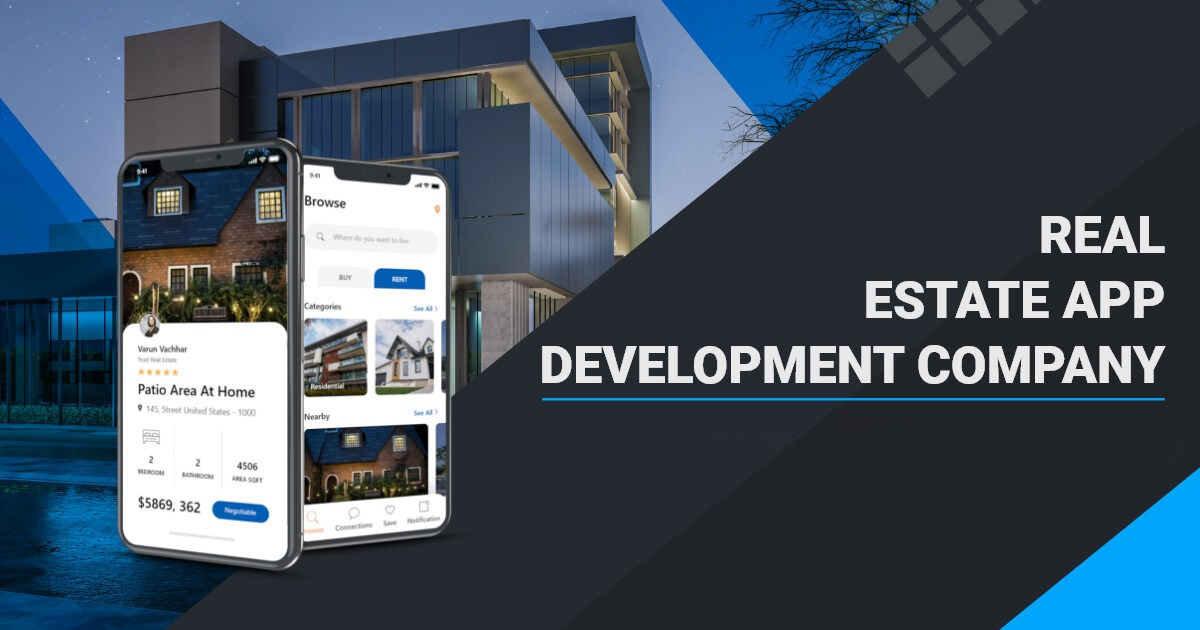
Write a comment ...